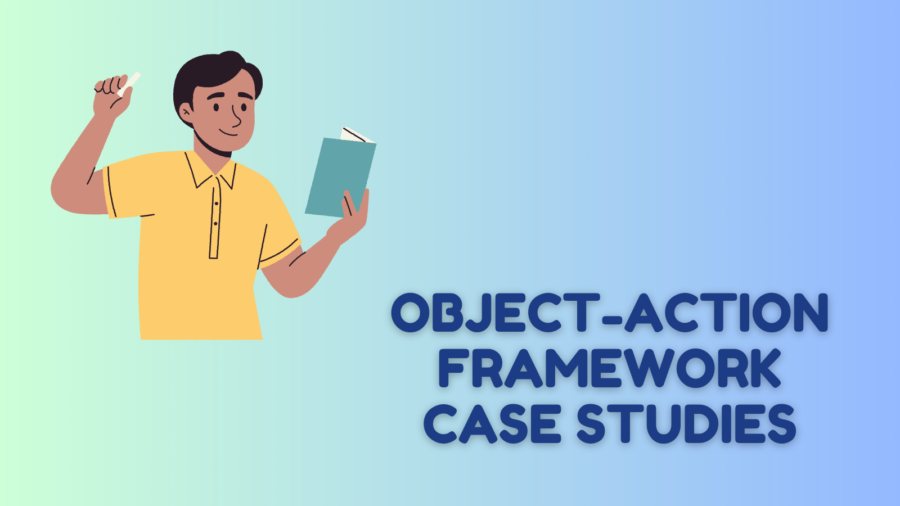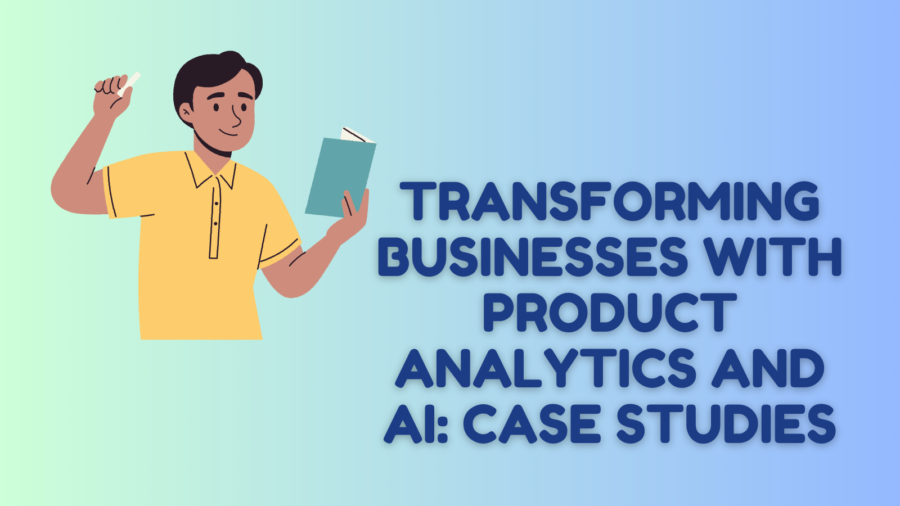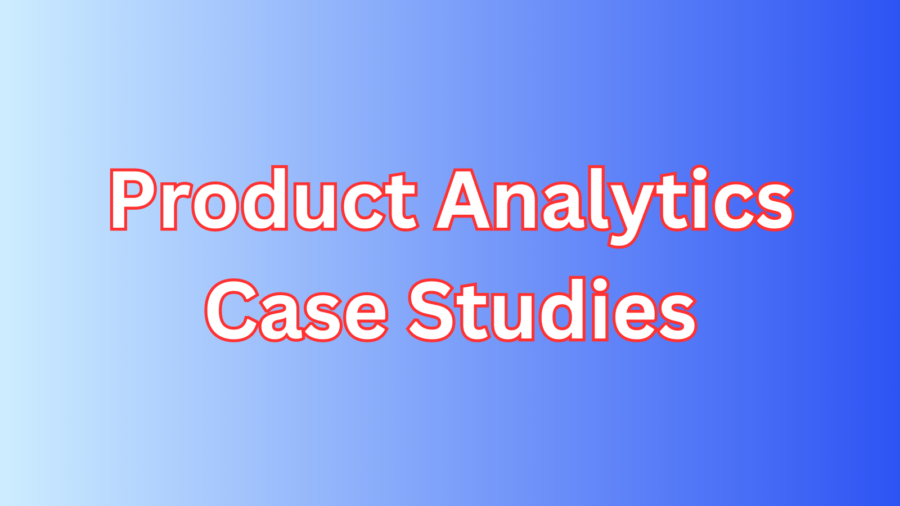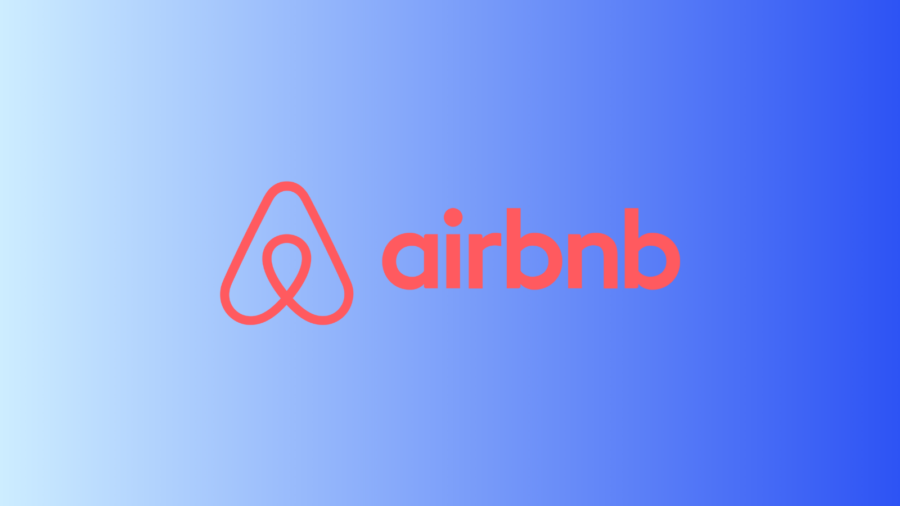Introduction
In the realm of digital music streaming, Spotify stands as a global phenomenon that has redefined how we consume and experience music. Behind its user-friendly interface and extensive music library lies a strategic application of product analytics that has propelled Spotify to the forefront of the industry. This blog post delves into the captivating case study of Spotify’s use of product analytics, shedding light on how this data-driven approach has been instrumental in shaping the platform’s success.
The Essence of Product Analytics
Understanding User Behavior
At the core of Spotify’s triumphant journey is its adept utilization of product analytics, allowing the platform to gain unparalleled insights into user behavior. By meticulously analyzing user interactions—such as playlist creations, song skips, and repeated plays—Spotify crafts a detailed understanding of its users’ musical preferences. This invaluable information forms the foundation for the platform’s “Discover Weekly” and “Daily Mix” features, which curate personalized playlists based on individual tastes. Through these features, product analytics doesn’t merely shape the user experience; it enhances it, delivering music that resonates with users on a profound level.
Enhancing Content Curation
Spotify’s prowess in content curation is undeniably linked to its robust product analytics strategy. The platform employs machine learning algorithms to scrutinize vast amounts of user data, allowing it to identify musical patterns and trends. This data-driven approach empowers Spotify to recommend songs, artists, and genres that users might enjoy, transcending the role of a mere streaming service. The product analytics-driven content curation model is a testament to how technology can personalize entertainment experiences and keep users engaged for longer periods.
Optimizing User Engagement
Personalized Playlists and Recommendations
Spotify’s innovative use of product analytics doesn’t stop at content curation; it extends to user engagement optimization. The platform’s “Wrapped” feature, which compiles a personalized year-in-review summary for each user, demonstrates this beautifully. By analyzing individual listening habits, Spotify creates visualizations that encapsulate a user’s year of musical exploration. This showcase of personalized data fosters a sense of connection between the user and the platform, nurturing long-term engagement.
A/B Testing for User Experience
Product analytics also plays a pivotal role in Spotify’s continuous efforts to refine its user interface. The platform frequently conducts A/B testing—a process where two versions of a feature or interface are presented to different user groups—to gather insights on user preferences and behaviors. By monitoring which version garners more engagement or leads to higher conversion rates, Spotify’s development team can make informed decisions about which design elements resonate best with their audience. This iterative approach, guided by product analytics, ensures that every change made aligns with user expectations.
Innovating Business Strategies
Data-Driven Partnerships
Beyond enhancing the user experience, Spotify’s product analytics proficiency has also transformed its business strategies. Through an analysis of user listening habits, Spotify has identified potential partnership opportunities with record labels and artists. This data-driven approach enables the platform to target specific demographics and tailor its partnerships accordingly. For instance, if product analytics reveal that a significant number of users enjoy a particular genre, Spotify can collaborate with artists from that genre to offer exclusive content, enhancing its value proposition.
Dynamic Pricing and Subscription Models
Spotify’s case study on product analytics showcases the role it plays in the evolution of pricing models. By scrutinizing user preferences, listening frequency, and willingness to engage with ads, Spotify can optimize its pricing tiers. This allows the platform to offer different subscription levels, from ad-supported free plans to premium packages. Through this model, Spotify can cater to a diverse user base, ensuring that the product analytics-driven pricing strategy appeals to various segments of the market.
Conclusion
Spotify’s journey from a fledgling startup to a global music streaming powerhouse is underscored by its masterful application of product analytics. By understanding user behavior, enhancing content curation, optimizing user engagement, and innovating business strategies, Spotify has created a symbiotic relationship between data insights and music enjoyment. The case study of Spotify’s use of product analytics serves as a compelling example of how data-driven decisions can elevate a platform, enhance user experiences, and drive business success. As the music streaming landscape continues to evolve, Spotify’s commitment to product analytics is certain to keep it in tune with its users’ preferences and at the forefront of innovation.





